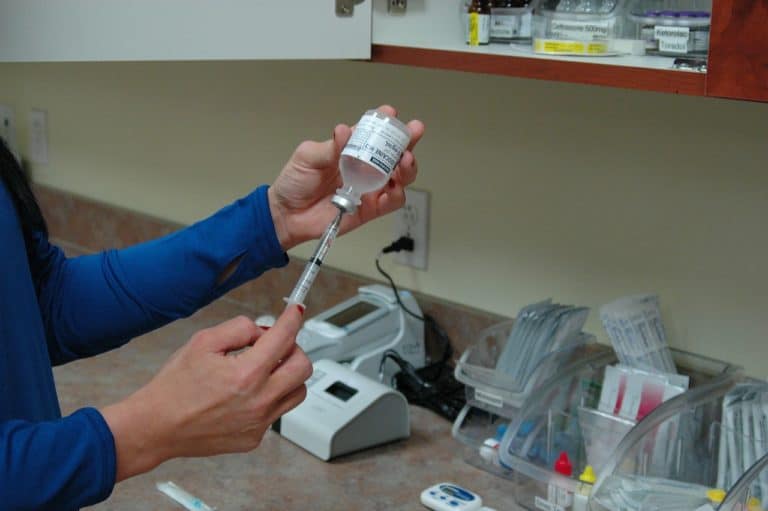Some researchers believe there may be a positive association between breast milk and prostate cancer. Based on anecdotal reports and extrapolating the data gathered from studies of breast milk and cancer, it’s been suggested breast milk can help beat cancer, including prostate cancer.
Breast milk and cancer: an anecdote
In 2005, a theoretical physicist named Howard Cohen, who had been diagnosed with prostate cancer in 1999, reported he believed that drinking breast milk was helping him fight his cancer. He had begun drinking human breast milk after reading about a Lund University study in which researchers said a compound in breast milk, called human alpha-lactalbumin, killed brain tumor cells in a test tube.
According to David Kerr, professor of clinical pharmacology and cancer therapeutics at Oxford University, use of human breast milk to kill cancer is “a bizarre claim with no evidence for it having any clinical value or use.”
At the time, Mr. Cohen was consuming 7 ounces of breast milk every week and planned to continue drinking the milk for life. He had refused to undergo surgery, hormonal therapy, or radiation for his cancer because of the side effects.
Breast milk and cancer: evidence
Unfortunately, there is no hard evidence that consuming breast milk can fight or prevent prostate cancer. However, there has been some data gathered concerning the impact of human breast milk on other cancer cells.
Can breast milk treat prostate cancer?
Take the project funded by the Austrian Science Fund. Researchers at the University of Graz altered a peptide found in breast milk so it would specifically detect cancer cells. The substance is able to then trigger cell death. How does it to that?
Cancer cells have negatively charged molecules called phosphatidylserine (PS) on their outer membrane. Thus PS can be a marker or indicator for cancer. This lead a team at the University of Graz to develop a substance that can target PS.
More specifically, they modified an active part of the peptide lactoferricin, which is present in a precursor of breast milk. Lactoferricin provides nourishment to newborns as well as assists in building a strong antimicrobial defense system. The peptide is the body’s first defense against negatively charged cells such as fungi, bacteria, and mutated cells, which includes cancer cells.
The positively charged peptide is attracted to the negatively charged PS on cancer cells, attaches to them, and causes them to die. However, the modified peptides do not harm healthy cells if they are not made to be too active.
Scientists have tested various variants of lactoferricin on glioblastoma (brain cancer) and melanoma (skin cancer) cell lines in mice. The peptide caused an average of 85 percent regression in melanoma cell lines and up to 50 percent in the glioblastoma cell lines when compared with untreated cancer in mice.
In another study, which was conducted by researchers at the University of Gothenburg and Lund University, it was found that HAMLET (human alpha-lactalbumin made lethal to tumor cells; found naturally in human breast milk) have an ability to kill lung cancer cells.
Previous laboratory work has demonstrated that the compound can destroy up to 40 different types of cancer cells, including skin and bladder cancers. HAMLET appears to trigger cell death by activating various pathways and interfering with cellular organelles.
Bottom line
For now, evidence of any association between breast milk and cancer appears to be limited to laboratory studies involving various cancers, including skin, brain, bladder, and lung cancers. Extensive research is needed before any compounds found in breast milk may be deemed acceptable for treatment of cancer, including prostate cancer.
References
BBC News. The man who swears by breast milk. 2005 Jan 23
Mossberg A-K et al. HAMLET interacts with lipid membranes and perturbs their structure and integrity. PLoS One 2010 Feb 23
Riedl S et al. Human lactoferricin derived di-peptides deploying loop structures induce apoptosis specifically in cancer cells through targeting membranous phosphatidylserine. Biochimica et Biophysica Acta—Biomembranes 2015 Nov; 1848(11; Part A): 2918-31







